Text
Chemistry behind Cashew

Have you seen an unharvested cashew? It features a fleshy pseudofruit resembling a pear or top. But beware! Cashews, from the Anacardium occidentale plant, contain urushiol, an allergen causing skin reactions. Mangoes, also belonging to the Anacardiaceae family, contain urushiol.
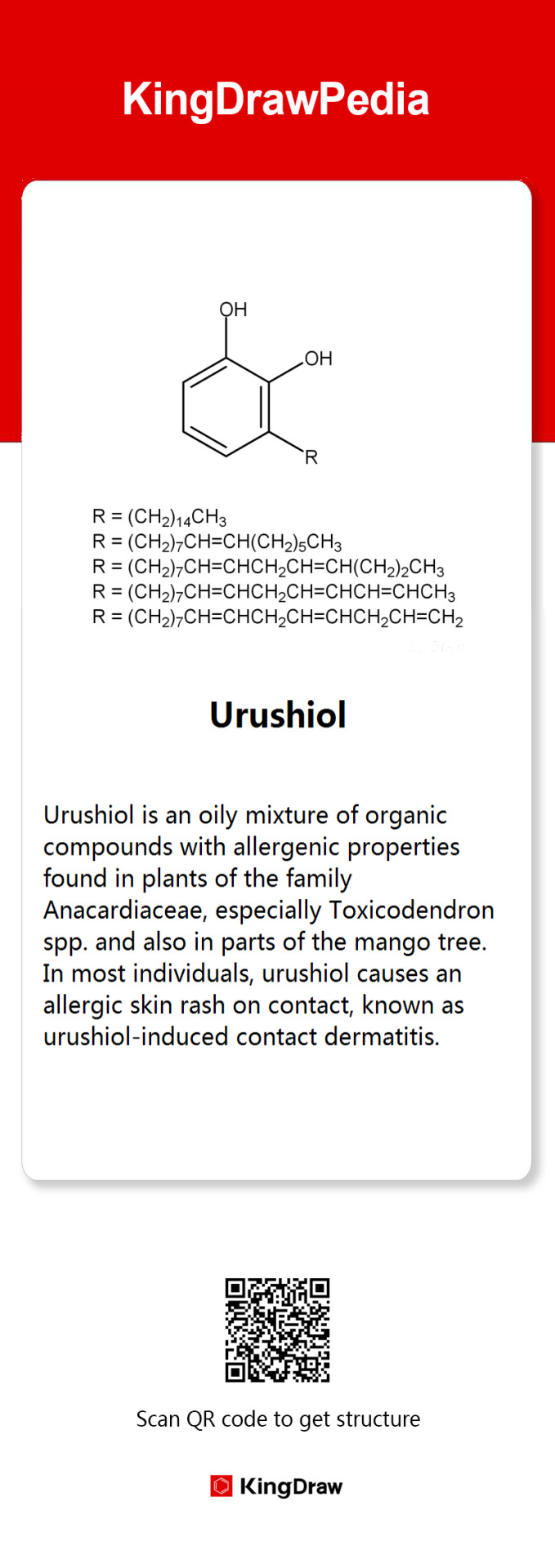
3 notes
·
View notes
Text
Chemistry behind weight-loss drug

Fen-Phen, a combination of fenfluramine and phentermine, was popular despite severe side effects. Investigations uncovered its link to heart valve disease and pulmonary hypertension. Lawsuits followed, leading to Fen-Phen's withdrawal and hefty legal settlements.

0 notes
Text
Xylitol and Doggy Health

Xylitol, a five-carbon sugar alcohol, is a natural sweetener extracted from birch, oak, corncob, bagasse, and other plant raw materials. Its sweetness is comparable to sucrose, but the calories are only 60% of the same weight of sucrose, and the entrance has a cool feeling, does not cause dental caries, and almost does not affect blood sugar, is an ideal substitute for sucrose, often used in chewing gum, toothpaste, mouthwash, candy and so on. However, sugar alcohol sweeteners have a common problem - they can cause diarrhea, and when more than 0.5 g xylitol per kilogram of body weight is consumed, it may have a laxative effect.
Xylitol has a strong insulin-releasing effect in some animals (dogs, cattle, sheep, rabbits, etc.) and may cause hypoglycemia. In addition, it can cause serious liver damage and blood clotting disorders, especially in dogs. Dogs can sense sweetness in the same way as humans, and may accidentally eat candy and snacks containing xylitol, and ingesting more than 3 to 4 grams of xylitol per kilogram of body weight may be life-threatening. Students who have pet dogs at home must pay attention to ~ (cats can eat xylitol).

9 notes
·
View notes
Text
Exploring the Ancient Art of Cuttlefish Ink Writing 🦑🖋️


Can cuttlefish ink be used as ink for writing? Of course!
Sepia (color) is extracted from the ink sacs of cuttlefish Sepia, producing a red-brown dye. Its primary component is "Eumelanin," a melanin pigment. This natural ink has been used for writing since ancient Greek and Roman civilizations, spanning thousands of years. Even in the 19th century, squid ink was widely used as a dye for paintings.

Leonardo da Vinci even used it for his design sketches~ However, due to its tendency to fade and unpleasant odor, squid ink gradually gave way to other emerging pigments.

#marie cuttlefish#ink drawing#ink art#did u know#da vinci#leonardo da vinci#color#molecule#dailychem#chemblr#stemblr#organicchemistry#stem student
2 notes
·
View notes
Text
Chemistry behind Inferno Spiciest Plant

Euphorbia resinifera, touted as the world's spiciest plant, owes its fiery reputation to resin toxin Resiniferatoxin (RTX). Found in Morocco's Euphorbia resinifera and Nigeria's Euphorbia poissonii. Estimated 500-1000 times hotter than capsaicin.
Mexican ghost pepper's Scoville Scale ranges from 350,000 to 580,000 Scoville units, while RTX can reach 8-16 billion Scoville units. Small amounts of RTX can cause chemical burns, and ingesting 10 g can cause serious damage to health, even fatal.

#spicy food#plant blog#chemblr#chemicals#molecule#organicchemistry#chemistry#dailychem#kingdraw#did u know#amazing facts#interesting stuff
1 note
·
View note
Text
The chemistry behind Super Sweetness

Neotame is the sweetest synthetic sweetener to date, 8000 times sweeter than sucrose, and considered the safest. It closely mimics the taste of sugar. Derived from aspartame, it boasts improved heat stability and sweetness.

2 notes
·
View notes
Text
Dailycompound, Lovastatin
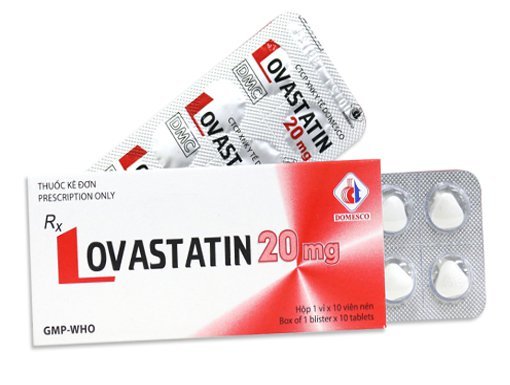
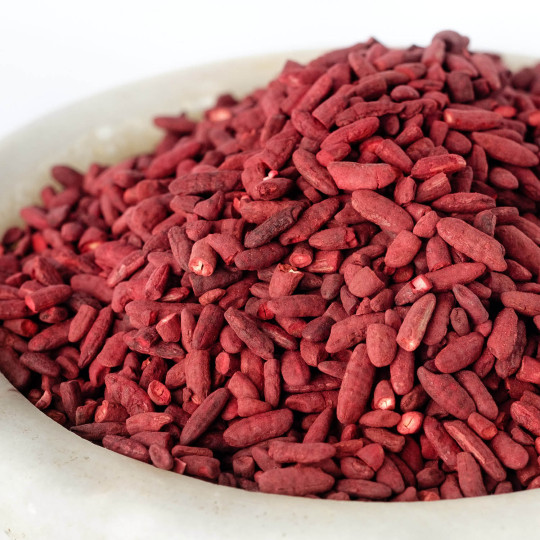
Why does Red Yeast Rice have a lipid-lowering effect? In 1979, Professor Endo Akira of Japan isolated an active chemical "Monacolin K" from Monascus purpureus. Around the same time, Merck Sharp & Dohme, MSD scientists also isolated the compound "Mevinolin" from Aspergillus terreus. The study found that the two teams found the same substance. This HMG-CoA reductase inhibitor has a significant lipid-lowering effect, which is also one of the main active ingredients of monasqu's lipid-lowering effect.
Later, Merck developed the lipid-lowering drug "Lovastatin" and in 1987, it was approved for medical use, the first statin on the market. Lovastatin has few side effects, common side effects include constipation, diarrhea, muscle pain and weakness, etc., but in serious cases, it may cause adverse effects on the musculoskeletal system and liver, and may also lead to birth defects (such as bone malformations, learning disabilities). Pregnant women, breastfeeding women, and patients with liver disease should be cautious about taking monosaccharide health products.

#merck#lovastatin#Red Yeast Rice#red rice#chemblr#organic chemicals#molecule#chemistry#medicine#compound#kingdraw#did u know#japan#side effects
0 notes
Text
The Tishchenko Reaction


The Tishchenko reaction is an organic chemical reaction that involves the disproportionation of an aldehyde in the presence of an alkoxide. The reaction is named after Russian organic chemist Vyacheslav Tishchenko, who discovered that aluminum alkoxides are effective catalysts for the reaction.

#chemical reaction#chemistry#chemblr#stemblog#stem studyblr#stemeducation#kingdraw#did u know#study with me
3 notes
·
View notes
Text
Alert: Puberuic Acid Discovery in Red Yeast Rice Supplements

On March 28th, Kobayashi Pharmaceutical reported to Japan's Ministry of Health, Labour, and Welfare that an "unexpected" substance, Puberuic acid, was found in a problematic batch of red yeast rice supplements, possibly contaminated at the Osaka factory. Puberuic acid, a natural compound produced by Penicillium molds, is poorly researched but shows promising anti-malarial properties alongside potential toxicity.
A study in 2017 revealed mortality in mice following subcutaneous injections of 5 mg/kg of Puberuic acid, raising concerns about its presence in products and its potential link to kidney damage in consumers, currently under investigation.

#japan#Kobayashi Pharmaceutical#pharmacy#public health#health and wellness#Puberuic acid#acid#chemistry#molecule#organicchemistry#amazing facts#chemblr#stemblr#uniblr
2 notes
·
View notes
Text
Chemistry behind Green Rice Ball,
Taste the Flavor of Spring

Qingtuan (Green rice balls) is a seasonal delicacy eaten during Qingming Festival, Cold Food Festival, and Ghost Festival in southern China. Made from glutinous rice mixed with wormwood juice, it features a green outer layer filled with sweet or savory fillings and steamed. The tradition dates back to the Zhou Dynasty, evolving from the practice of eating "qingjing rice" during the Cold Food Festival. Over time, the custom shifted to Qingming Festival, merging the two festivals. The distinctive aroma of qingtuan comes from wormwood, an Asian plant known for its strong fragrance, including compounds like α-thujene, eucalyptol, and camphor.
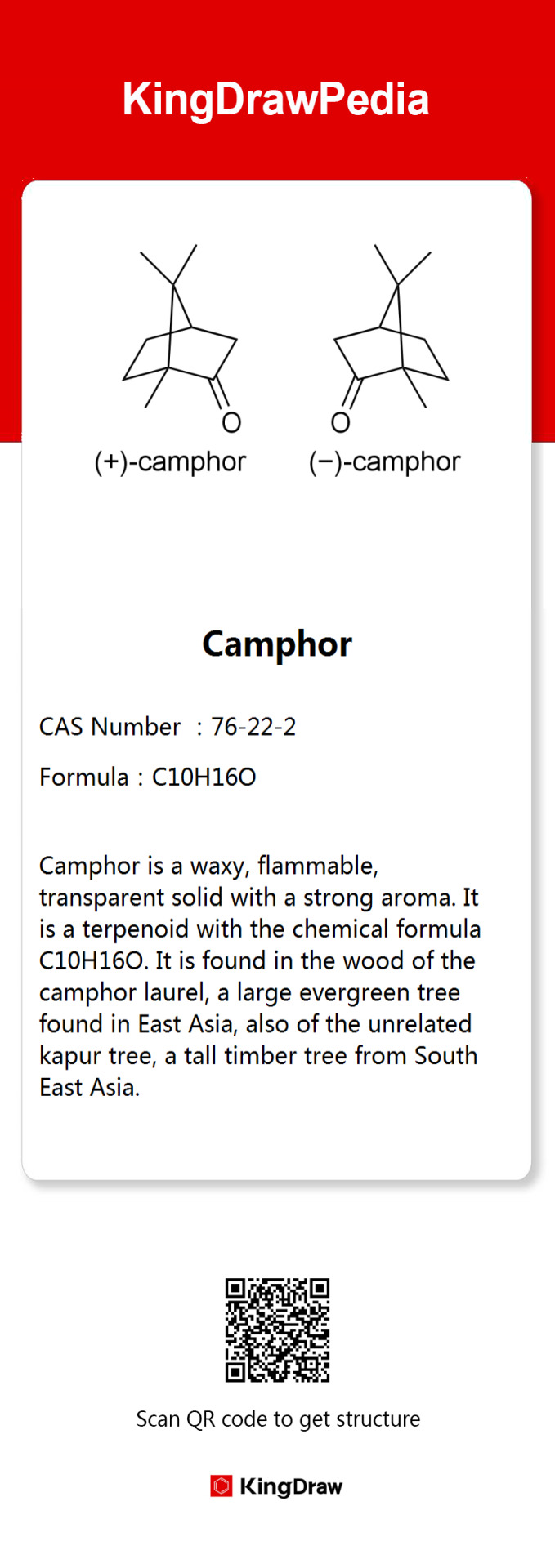

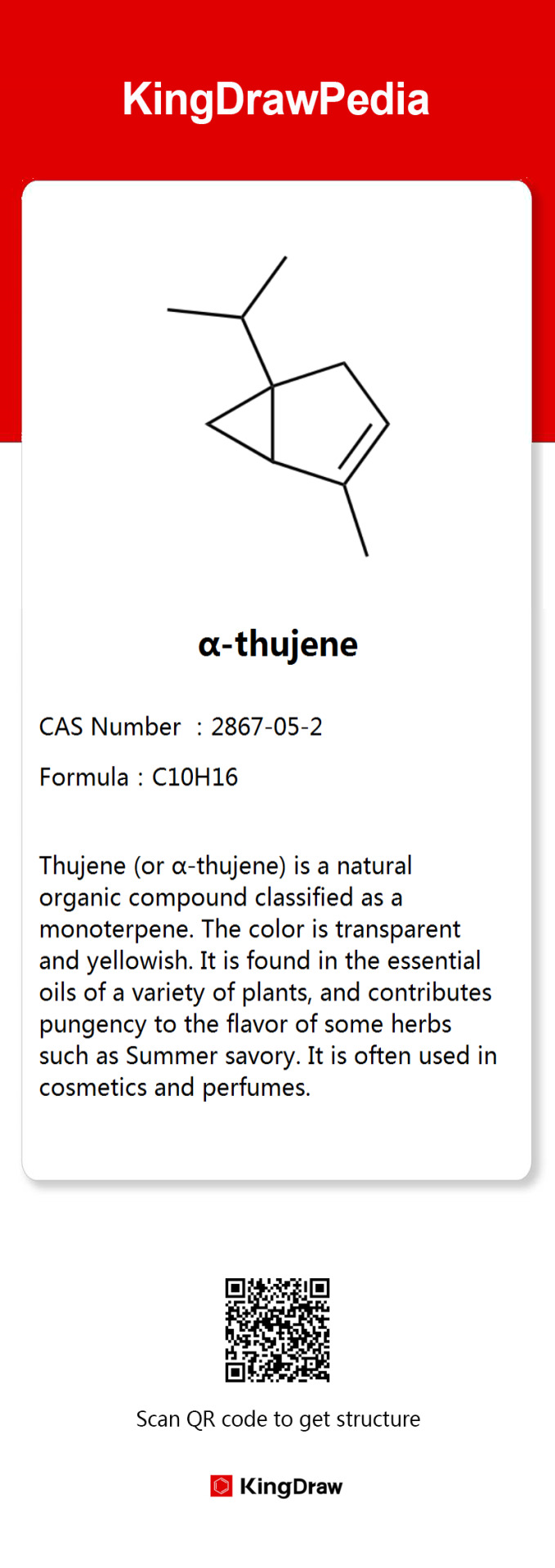
#chinese festival#qingming#rice balls#wormwood#chemblr#stemblr#molecule#uni studyblr#chinese food#china
4 notes
·
View notes
Text
Frances Kelsey: Thalidomide's Unsung Hero

In 1937, Frances Kelsey, at the age of 23, witnessed the tragic consequences of an unsafe drug during the "Elixir Sulfanilamide incident." Over twenty years later, in 1960, she joined the FDA and faced her first task: reviewing the morning sickness drug Thalidomide.
Thalidomide was touted as a safe option for pregnant women, but Kelsey, aware of potential risks, demanded thorough safety data, ultimately preventing its approval in the U.S. Despite global tragedies caused by Thalidomide, Kelsey's steadfastness spared the U.S. from similar devastation, earning her recognition as a silent hero.


#drug safety#drug#thalidomide#chemblr#stemblr#molecule#interesting stuff#amazing facts#organicchemistry#chemistry#science#compound#kingdraw
8 notes
·
View notes
Text
Prilezhaev reaction

The Prilezhaev reaction, also known as the Prileschajew reaction or Prilezhaev epoxidation, is the chemical reaction of an alkene with a peroxy acid to form epoxides. It is named after Nikolai Prilezhaev, who first reported this reaction in 1909.
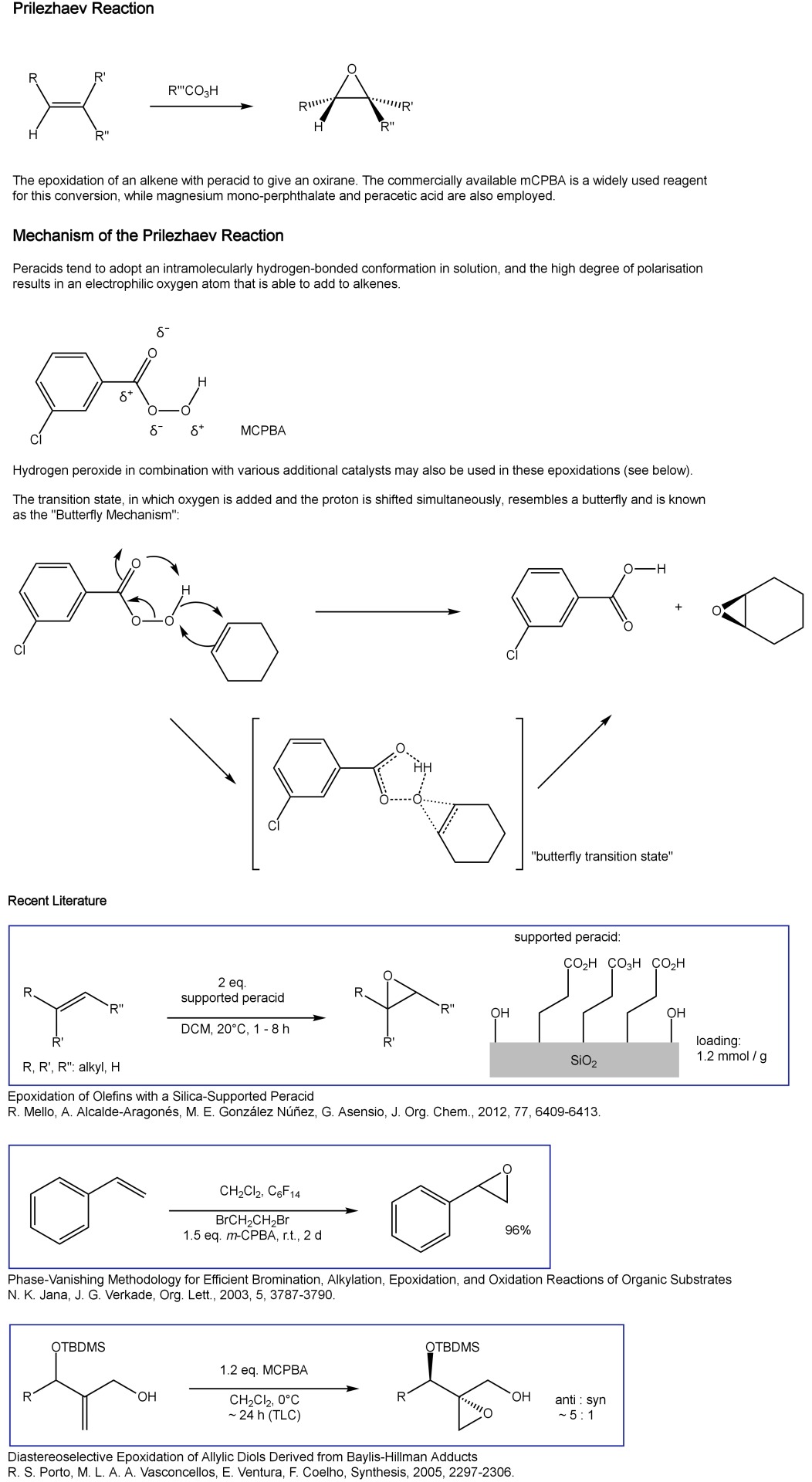
Get it in KingDraw
1 note
·
View note
Text
Tragic Lessons: The Elixir Sulfanilamide Incident and the Birth of Drug Safety Regulation

In 1937, the US-based Massengil pharmaceutical company's chemists developed a new sulfonamide oral preparation named "Elixir Sulfanilamide." At that time, there was no requirement for safety review before launching new drugs. Consequently, this untested drug went on sale in September of that year. In October, the American Medical Association received reports of fatalities caused by the medication.

In November, the US Food and Drug Administration (FDA) intervened, recalling the drug. The investigation found that "ethylene glycol," used as a solvent in the drug, was the main culprit of poisoning. Ethylene glycol is highly toxic to mammals, with a minimum lethal dose (LD₅₀) of 786 mg/kg in humans. This issue, easily detectable through a simple animal experiment, resulted in over 100 deaths that fall, with 30% being children.
The following year, under immense public pressure, the US Congress passed the landmark "Federal Food, Drug, and Cosmetic Act" (FFDCA), mandating safety reviews for all new drugs before market approval and granting the FDA regulatory oversight authority.
#fda#us fda#drug safety#drug#ethylene glycol#chemblr#stemblr#science#molecule#chemistry#kingdraw#incidence#toxicity
5 notes
·
View notes
Text
Chemistry behind 'Kitty Magic😸'

Catnip (Nepeta) is a unique-smelling plant in the mint family, renowned for its stimulating effects on cats, hence the name. Research reveals that compounds like Nepetalactone are responsible for the cat's euphoria.
When cats smell catnip, they exhibit behaviors like rubbing, rolling, licking, jumping, and purring, or excessive drooling. However, this excitement is not endless; after 5-15 minutes, cats enter a "rest period" due to olfactory fatigue, then reactivate their response to catnip after about 2 hours. Approximately 75% of cats are sensitive to catnip, a trait often inherited, and even big cats like lions, tigers, and leopards may display similar reactions.

#cat#kitty#kitty cat#chemistry class#chemblr#stem studyblr#stem student#interesting stuff#organicchemistry#molecule#did u know
5 notes
·
View notes
Text
NameReaction, Vilsmeier–Haack reaction
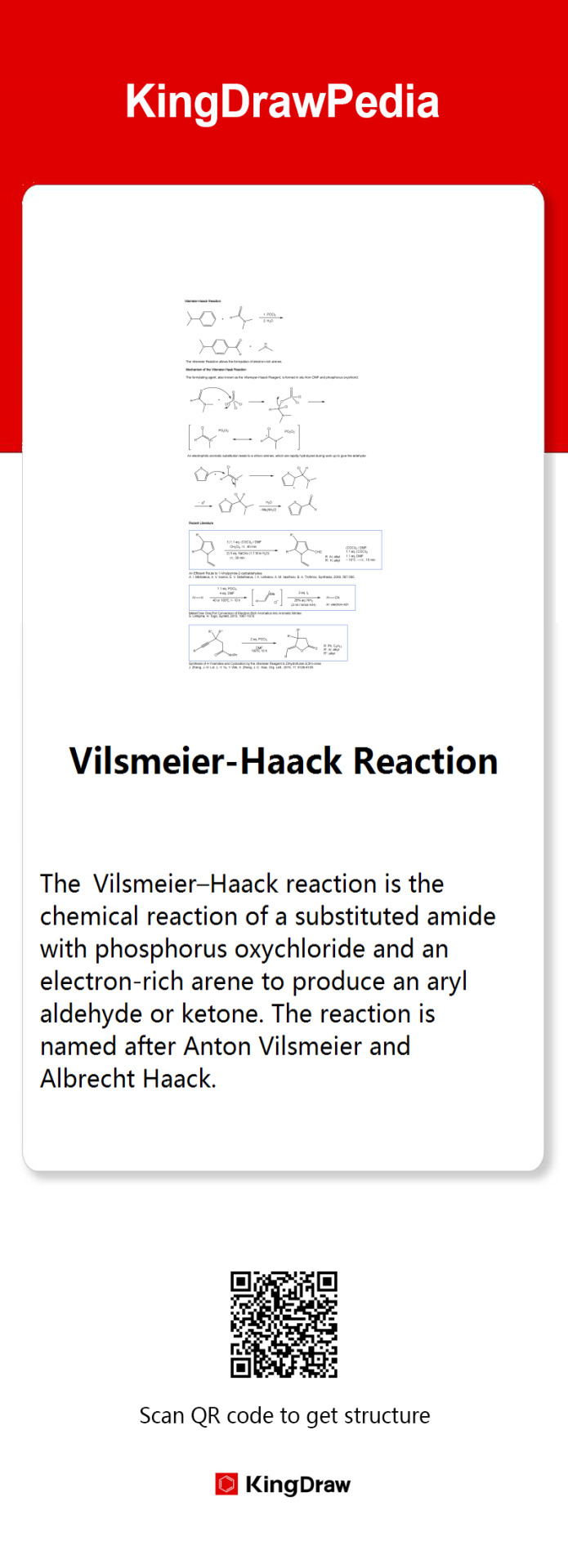

The Vilsmeier–Haack reaction is the chemical reaction of a substituted amide with phosphorus oxychloride and an electron-rich arene to produce an aryl aldehyde or ketone. The reaction is named after Anton Vilsmeier and Albrecht Haack.
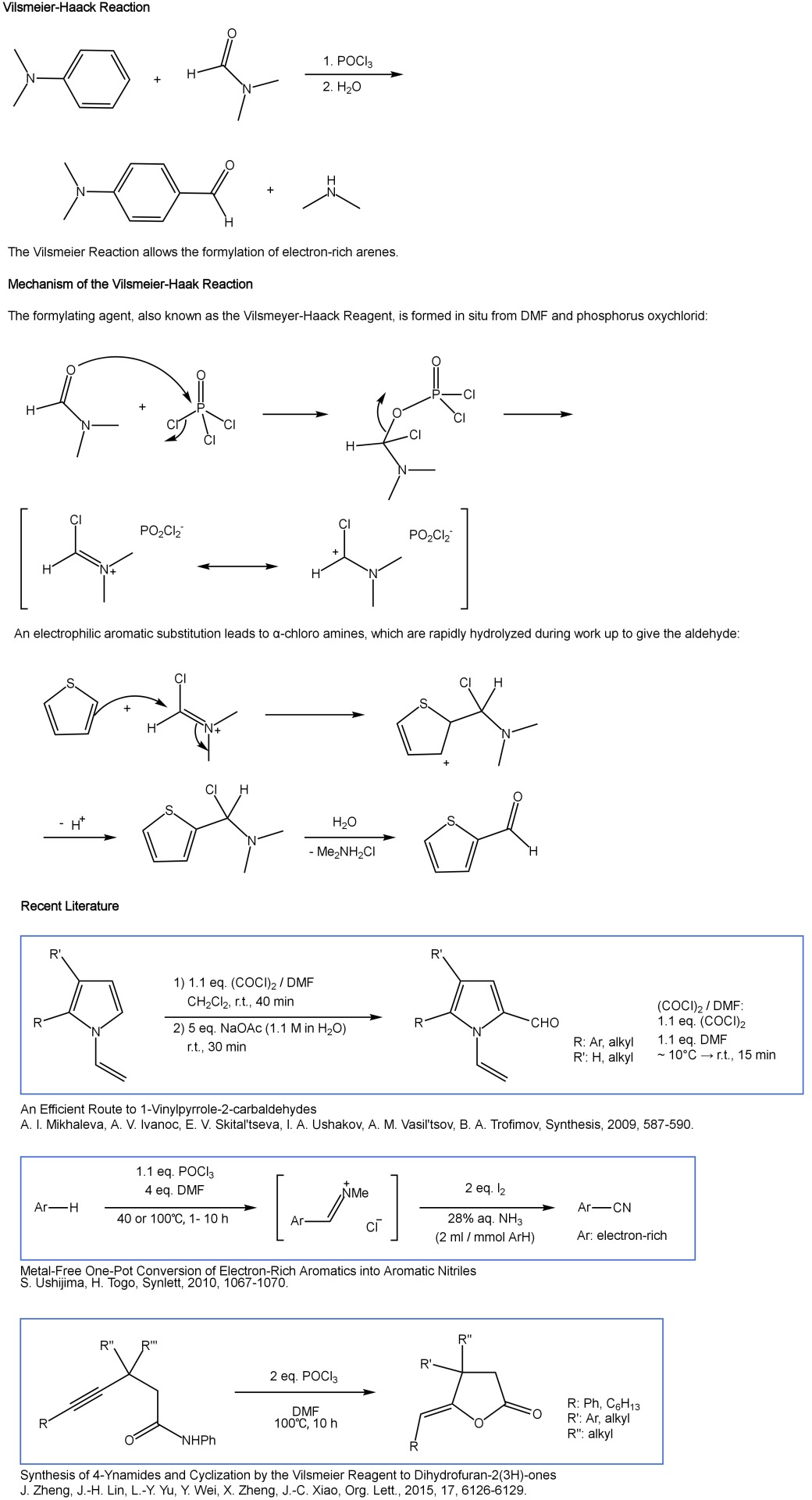
#chemical reaction#chemistry#chemblr#did u know#study with me#uni studyblr#kingdraw#dailychem#interesting stuff#stemblr#stemeducation#stem academia
4 notes
·
View notes
Text
Chemistry behind Diving Suit

Neoprene, synthesized primarily from chloroprene, forms an elastic polymer through α-polymerization, known for its chemical stability and flexibility across a wide temperature range. In 1930, chemist Wallace Carothers pioneered its synthesis at DuPont, the same company where he later developed Nylon 66 in 1935. DuPont officially announced Neoprene in 1931, and it entered the market in 1937 as the first industrially produced synthetic rubber.
Today, it's widely used in everyday items like conveyor belts, mouse pads, and wetsuits for water activities. Since 2014, Neoprene has garnered attention from designers, gradually entering the fashion world and appearing in trendy clothing in recent years.

#diving#diving suit#diver#dupont#organicchemistry#chemistry#chemblr#interesting stuff#amazing facts#did u know#molecule#kingdraw#science
7 notes
·
View notes
Text
Daily compound, Nylon 66

Nylon, the world's first synthetic fiber, marks a significant milestone in polymer chemistry. In 1935, led by chemist Wallace Carothers, DuPont researchers synthesized "Nylon 66" from hexamethylenediamine and adipic acid, patented in 1938. Nylon stockings debuted at the 1939 New York World's Fair, selling 64 million pairs in a year, revolutionizing the textile industry.
However, Carothers, plagued by depression, tragically didn't witness Nylon's success, succumbing to suicide in 1937.

#nylonlover#chemistry#chemblr#dupont#new york#did u know#amazing facts#molecule#incredible#amazing butt#amazing beauty
7 notes
·
View notes